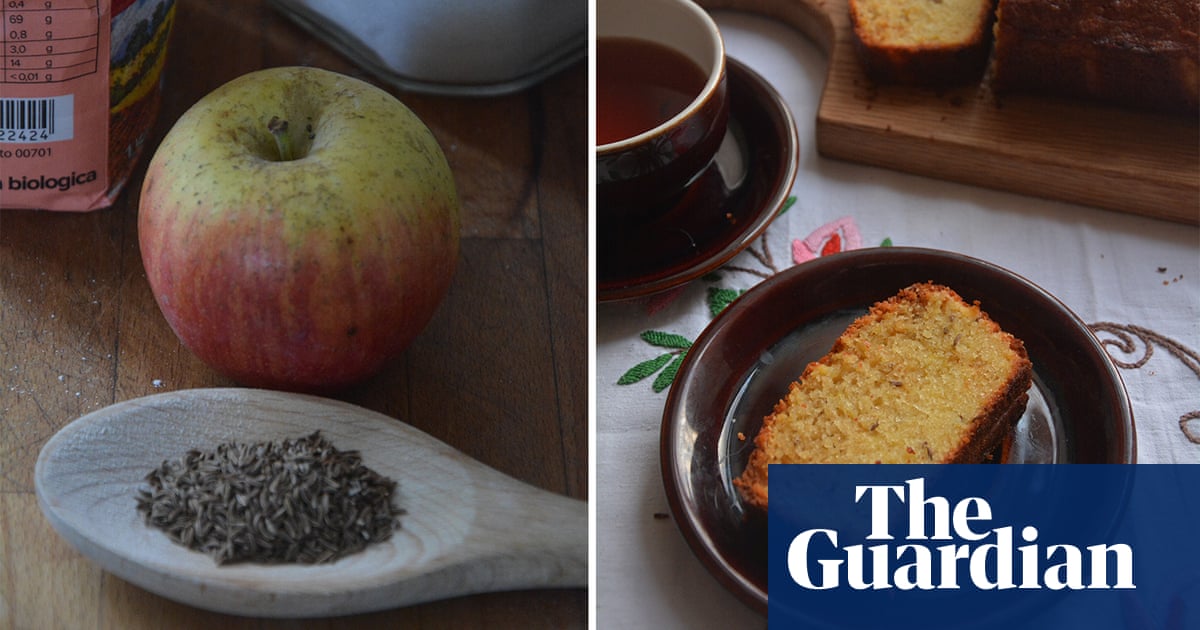
If I could afford it, I would always have a bottle of marsala made by the De Bartoli family on my shelf. When there is one there, there is no one I would rather share it with than my partner Vincenzo’s parents, Bartolomeo and Carmela: for their bright glee at the sight of the bottle, the twisting squeaks of its cork, its escaping scent, its amber glow and that first sip, like almonds and iodine, caramel and wood. Also, marsala is not called a fortified wine for nothing: sips are warm and strengthening, not that my mother-in-law needs any assistance when going into battle over a game of cards.
Marsala, named after the Sicilian city in the western province of Trapani, varies hugely according to who made it, much like any wine. Its character is defined by the grape from which it is made – most commonly white (catarratto, grillo, inzolia), although sometimes red – and how the nature of that grape is encouraged or manipulated by the grower and maker. The grape used affects the colour, too; you might see marsala defined as oro (gold), ambra (amber) or rubino (ruby), but bear in mind that the colour can also be affected by additions.
Sign up for Word of Mouth: the best of Guardian Food every week
Read more
How the wine has been fortified is also fundamental, the addition of pure alcohol having a completely different effect from the other method of fortification, which utilises other vintages of marsala and natural oxidisation – in a sense, making marsala with marsala. Like everything, its nature changes and develops with age: the youngest, at just a year old, is called marsala fino; with two years of ageing, it becomes marsala superiore; and after more than four years it becomes marsala superiore riserva, which is then aged further by the likes of Marco De Bartoli. The sweetness of marsala depends on all of the above and is noted on the label: secco (dry), semi-secco (medium-dry) or dolce (sweet). Its price, too, is a culmination of all the above. There is a universe of marsala to be explored – some to be drunk, some to be cooked with, or both.
At €35 (£32) and upwards, I can’t often afford half-litres of De Bartoli nectar, so I buy other brands, usually at about €10 a bottle. I like superiore and dry – they are easy to drink and easy to cook with, which I do often. In fact, I probably use marsala more than wine in cooking. Its deep flavour, which always strikes me as rather like raisins, caramel-that-isn’t-sweet and toasted almonds, is a good addition to soup, stews, gravy and anything with mushrooms. I am probably not doing it any good by leaving the bottle by the cooker, but I do, so I can grab it and add it whenever something needs a shove. Then there is its sweet side, whisked to a froth with eggs and sugar for zabaione, or soaked up by sponge fingers. And I use it to make cake.
This recipe began life as a madeira cake, which I think I am right in saying doesn’t come from Madeira or contain it, but is so named because it is good accompanied by a glass of madeira, also a fortified wine. My cake, however, does include marsala in the batter, which makes it seem a bit like zabaione in cake form.
I am sure this cake could be filled with a marsala or lemon cream, too, or covered in a glaze – I look forward to suggestions from the bakers among you. Like the madeira cake that inspired it, marsala cake is good with a glass of marsala and, in my case, also with my mother-in-law and her glee at what is in her glass and on her plate – and her imminent victory. Now, who is dealing?
Marsala cake
250g sugar
250g butter, at room temperature
5 eggs
325g flour
2 tsp baking powder
75ml dry marsala superiore
Heat the oven to 180C (160C fan)/350F/gas 4 and grease and line a cake tin (a 16cm x 10cm x 8cm loaf tin or a 20cm springform tin). Cream the sugar and butter until pale, light and fluffy. Add the eggs and the flour in five instalments, beating well between each addition, until everything is incorporated.
Add the baking powder and beat again, then pour in the marsala and beat one final time. Scrape the batter into the prepared tin and bake for 40 minutes, until golden, firm and a strand of spaghetti comes out clean. Leave to cool a little before inverting from the tin.












